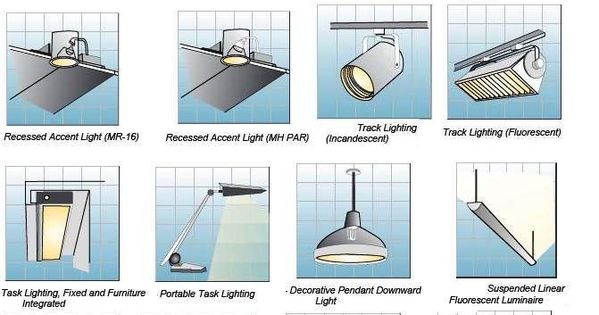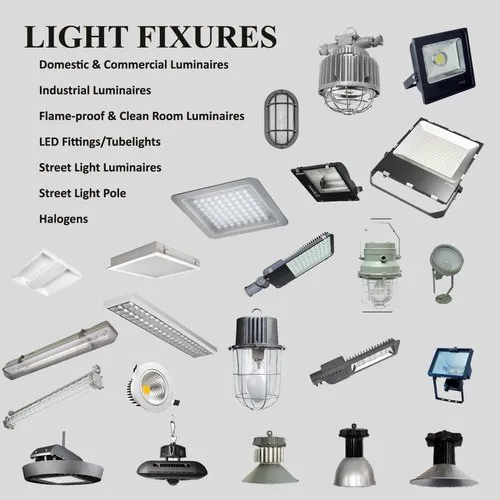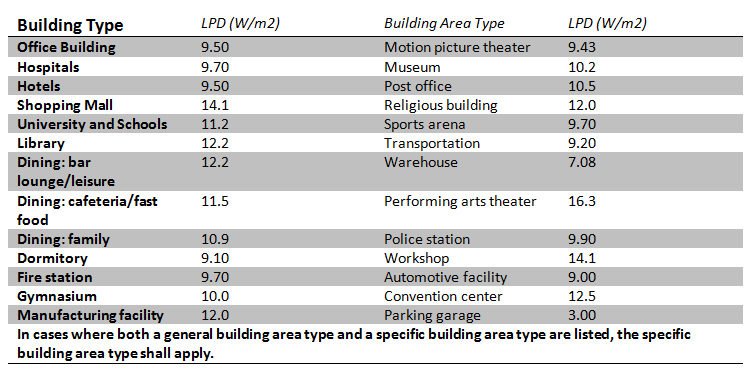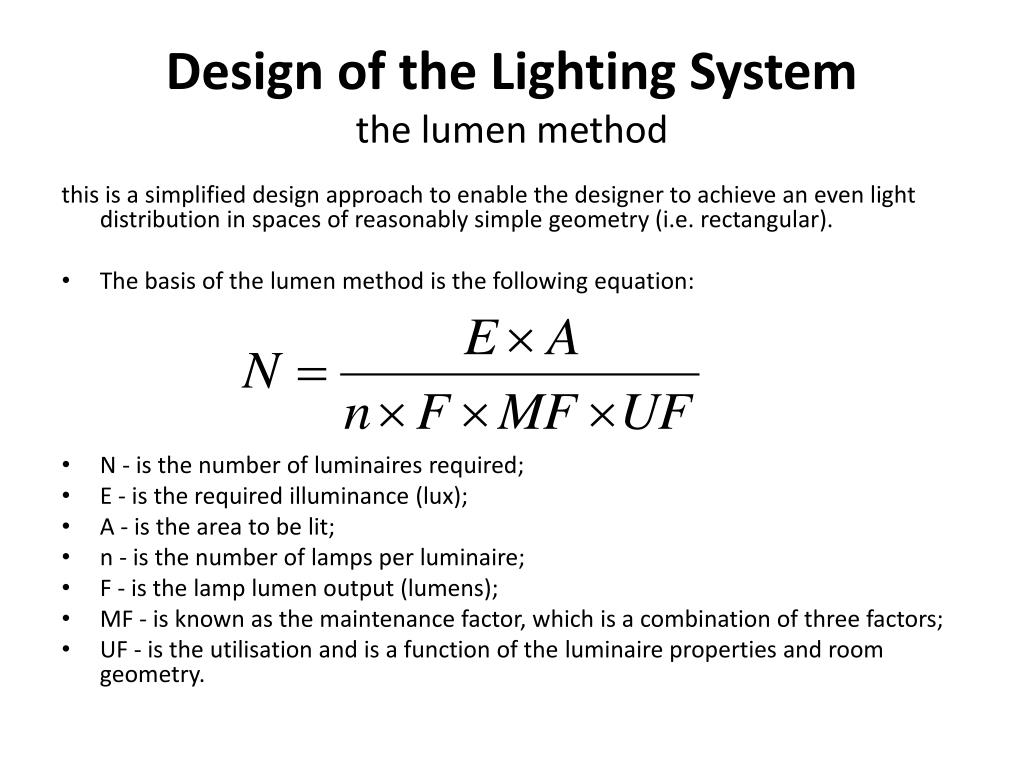Lighting: Since light is essential for all human activities, light is the most important element of life. There was a need for a source of artificial light in areas deprived of natural light. Electric currents can be used to produce light through filaments, as in incandescent lamps, arcs formed between metal or carbon rods, or through suitable gases, as in neon and other gas tubes. Some types of lamps use fluorescence to produce light, which is produced by the radiation of electricity passing through mercury vapor.
Types of lighting :
Interior lighting-
1- Direct lighting
2- Semi-direct lighting.
3- Semi indirect lighting.
4- Indirect lighting.
5- General lighting


Types of lamps:
1-Incandescent lamps:
2-discharge lamp:
3- Arc lamps:
Nature of Light: Light comes from several types of incandescent bodies, the temperature of which affects the type of light these substances emit. A body that is hotter than the medium around it radiates energy into it in the form of electromagnetic waves at different wavelengths. The radiant energy propagates at a speed of around 3*108 m/sec. The wavelength affects the radiant energy’s characteristics and behavior.


Lighting Calculations:
Multiply width of room x length of room x 1.5 = amount of total minimum wattage needed (assuming an Eight foot ceiling).
Divide by 60 to get the number of 60-watt equivalent bulbs required.
Then, add up the wattage in each bulb in each fixture to figure out how many light fixtures are needed.
Determine the room dimensions A & b & H
Where: A = length of room (m).
B = width of room (m).
H = height of room (m).
Calculate the Area (A) of any Compartment will be:
Area = length (A) * width (B) (M2)














2 thoughts on “Free – Understanding Indoor Lighting Basics”